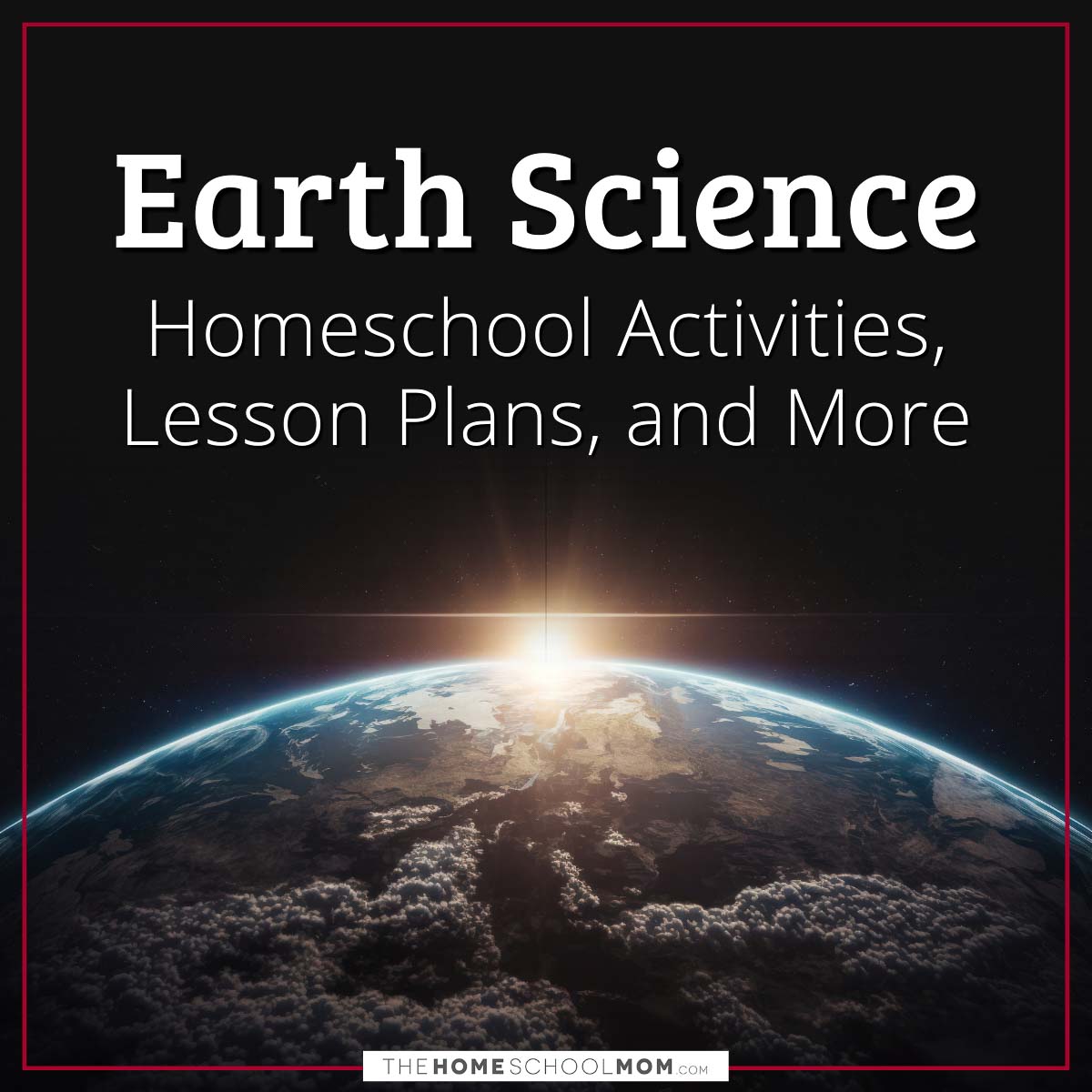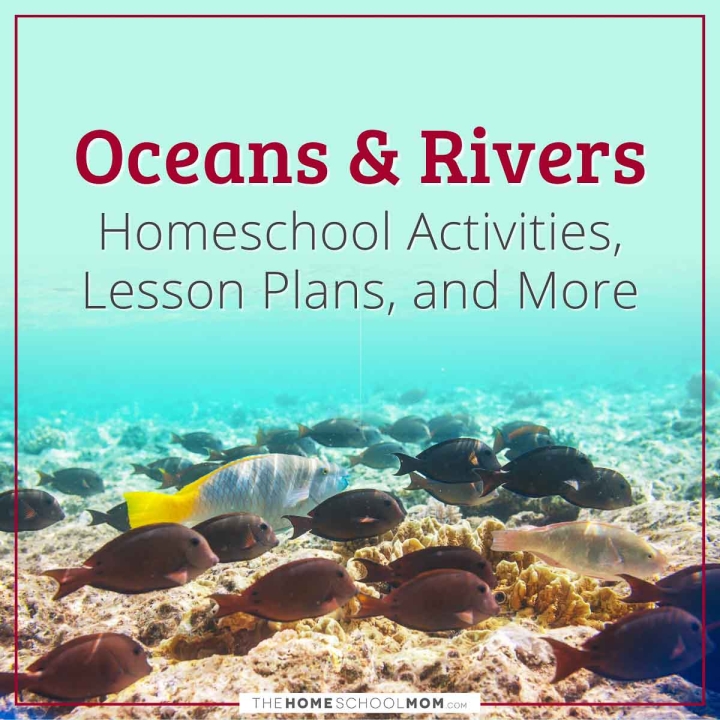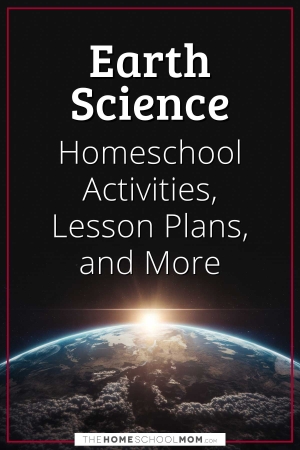- Y—Young (PreK-3rd)
- M—Middle (4th-6th)
- O—Older (7th-12th)
- T—Teacher Resources
Nature Lab Curriculum from The Nature Conservancy
The Nature Conservancy is a one-stop shop for teaching earth sciences. The organization offers K-12 curriculum, complete with videos, downloadable teacher guides, hands-on activities, interactive simulation tools, and virtual field trips.
Earth Science Lesson and Activities from the Exploratorium
The Exploratorium hosts a large collection of earth science lesson plans, activities, and science projects for all ages. Subjects include climate science, oceans, migration mapping, minerals, and more.
Here on Earth
The purpose of Here on Earth is "to explain the Earth science of every region of the United States. We are beginning with coverage of the northeastern United States, focusing upon upstate New York and western Pennsylvania. This area, known as the “Inland Basin” for the shallow sea that once covered it, shares a geologic history that explains the rock layers and landforms we observe today. The Paleontological Research Institution, which brings you Earth@Home, is based in this region." The website also includes Earth Science and Ancient Life digital encyclopedias for reference, as well as a virtual collection of over 500 interactive 3D models of fossil specimens from their collections and museum exhibits.

NASA Teaching Materials
Extensive database of downloadable educational materials searchable by subject, grade level and product type
NSF Earth & Environment Classroom Resources
This round-up of resources from the National Science Foundation includes activities, puzzles, worksheets, handouts, and a big list of educational websites for learning about earth and environmental science.
EPA Environmental Resources for Educators
The Environmental Protection Agency has a large collection of lessons and activities for K-12 students covering environmental science. Topics include Air, Climate Change, Ecosystems, Energy, Health, Waste, and Water.
NOAA Resources
All of the educational resources from the National Oceanic and Atmospheric Administration in one place. Learn about the Oceans & Coast, Weather & Atmosphere, Climate, Freshwater, and tons more.
USGS Educational Resources
All of the educational resources from the US Geological Survey. Includes information and resources covering Ecosystems, Geography, Geology, Global Change, Natural Hazards, Oceans and Coasts, the Solar System, Water Resources, and more.
OER Big History Project
The OER Big History Project is a complete curriculum that teaches the history of the universe, starting with the Big Bang and covering all of earth systems, the development of life, human history, and more. For grades 6-10.
Earth and Environmental Systems Podcast
The Earth and Environmental Systems Podcast was produced by Dr. Christian Shorey at the Colorado School of Mines. The podcast was created to supplement an intro college-level course, but it is produced in plain English that will be accessible to most older students.
Earth Science GeoInquiries
ESRI, the creator of the popular online mapping software ArcGIS, has a large collection of inquiry-led, map-based activities that cover a range of earth science subjects, including Topography, North American Landforms, Plate Tectonics, Oceanography, Weather, Climate, and more.
PhET Earth Science Simulations
PhET, from the University of Colorado Boulder, offers interactive earth science simulations on the Solar System, greenhouse effect, gravity, waves, and more.
National Geographic Earth Science Resources
This collection of weather resources from National Geographic that includes articles, maps, graphics, videos, and interactives covering topics like plate tectonics, geology, weather, climate, oceanography, and more.
California Academy of Sciences Earth Science Lessons and Activities
The California Academy of Sciences has a large collection of K-12 lessons and activities covering earth science topics such as the water cycle, the carbon cycle, tectonics, fossil fuels, and more.
InTeGrate Teaching Materials
InTeGrate, a program by Carlton College, offers a wealth of free earth science lessons for high school and early college students. You can find lessons on the earth’s cycles and systems, climate change, human impact, food systems, natural resources, water and watersheds, and more.
Bishop Museum Earth System Science Units
The Bishop Museum has a series of free earth science lessons for grades 3, 4, and 5. Each unit provides an overview of earth science topics and then connects the concepts to local examples in Hawaii.
Earth Science Merit Badge Activities
These activities from Boy Scout Trail can be adapted for all ages of prospective science students. They will teach students to research, observe, experiment, and report on various earth science topics.
Sky Lights Science Blog
Sky Lights, a science blog from retired teacher Dan Heim, "is an ad-free website already in use by many teachers and students. I cover topics from astronomy, meteorology, and earth science. I also take questions from readers. With over 400 posts to date there's a wealth of information available in the archives, and more to come. The content includes 2D and 3D animations, slideshows, and original photos and graphics. Links are included in most posts for greater depth and further research. I taught science for 30+ years, am now retired, and provide this content gratis." Dan has a page for educators explaining how to best make use of his blog and he welcomes questions.
Ology
American Museum of Natural History in NYC. Science-rich Website for Kids.
MGBnet - What is it like where you live?
The MBGnet project is a series of videos about terrestrial biomes and aquatic habitats called What's It Like Where You Live?. The MBGnet website was based on these videos and gives additional information about the ecosystems. From the Missouri Botanical Garden.
HippoCampus
HippoCampus provides free, multi-media content for Earth Science. It is a bit awkward to navigate around entire books on the site, but there is a wealth of information online at no cost.
Science Buddies: Earth Science and Environmental Sciences Lessons and Projects
Science Buddies has a large collection of free K-12 lessons, activities, and science projects covering a range of STEM topics, including earth and environmental sciences. Topics include environmental science, geology, ocean sciences, weather, and atmosphere.
The People and Discoveries of Earth and Life Sciences
Learn about the important people and discoveries in earth and life sciences from this databank from PBS. It starts with the discovery that Earth is 2.2 billion years old in 1907 and ends with the potential of life on other plants in 1996. You can search by topic or by person.










